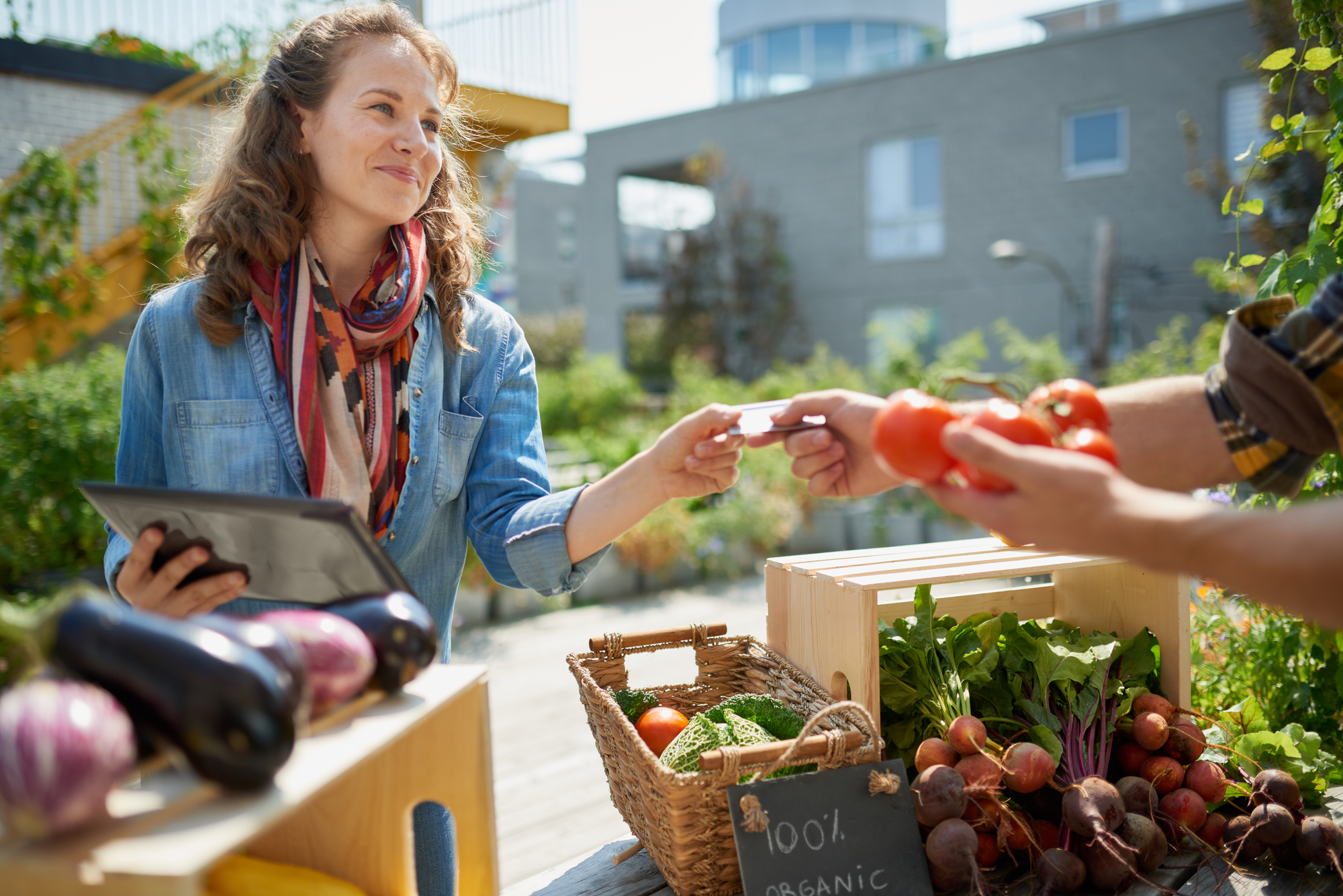With supermarkets hiking up prices for fresh food across the country in response to a perfect storm of labour shortages, severe weather, floods, and the pandemic, families are feeling the pressure to make their fresh food budget stretch further.
So how can you make your grocery dollars count, while also reducing unnecessary fresh food wastage? Here are my top five tips to help you make the most of their food budget each week.
- Shop Local
Order a veggie box from your local grocer. Many of the crazy price hikes are exclusive to the big chains and fresh, in-season veggies are much more affordable locally. A lot of smaller farm delivery services have great websites that let you give instructions on veggies your family loves and what you don’t need – no one wants 2kg of potatoes when they’re trying to hit keto targets!
If you’re anxious about unknown veggies and how you’re going to use them – keep on reading!
Instead of relying on recipes and meal plans, start working towards a protein plus veg framework.
Many quick and easy dinners can be created from a simple guide for a rotating protein schedule which includes a few veggie protein options through the week, then adding a serve of starchy veg, green veg and coloured veg. A quick salad of grated carrots and dressing can fill the coloured requirements, alongside some steamed broccoli and mashed potato.
Coupled with a click-and-collect strategy of buying your pantry staples in bulk and without distraction you can stick to a budget more easily, as you’ll be able to see exactly how much you’re spending and are less likely to be tempted by impulse purchases, saving time as well as money.
- Give your fresh food some TLC
Once you get your fresh fruit and veg home, spend some time on giving it a bit of TLC, to help it stay fresh for longer.
Wash your fruit and veg, and store the things which aren’t as robust – such as leafy greens and fresh herbs, at the top of your fridge crisper, so that you know what needs using first. Make sure you prioritise softer leafy greens, followed by anything that looks like it’s already beginning to spoil.
Tip: Spend some time chopping up carrots and celery sticks for easy-to-reach-for snacking and lunch box filling, and make a fruit salad which you can store in a big bowl in the fridge, covered with a beeswax wrap to seal in freshness (and ditch the pricey single-use plastic wrap).
- Use those odds and ends
Don’t leave half-used veggies forgotten in the back of the fridge.
Seal things like cut tomatoes, broccoli stalks and random mushrooms in beeswax wraps made into pouches, and then when you’re ready you can grab them out and chop them up to throw into risottos, stir fries, casseroles and soups, making sure you’re using everything that’s edible and not throwing away your hard-earned cash.
Tip: Get savvy about what’s edible. For example, the leaves of cauliflower can be thrown into the slow cooker with cauliflower florets to make a soup or curry, and they taste delicious.
- Get smart about storage
The natural preservation qualities of organic beeswax mean beeswax wraps act as a second skin on cut fruit and vegetables, while also helping them stay delicious for longer.
Think about how you store your fruit and vegetables. Taking a moment to wrap them in beeswax wraps or seal them in reusable containers can be the difference between vibrant veggies and finding forgotten mush in the veggie crisper that ends up in the compost.
Tip: A cut avocado wrapped in a beeswax wrap will last for a good week in the fridge, rather than quickly turning brown when left to its own devices.
- Try something new
The reason a lot of fruit and veg is expensive right now, is that it’s not the right season for it. Things like salad vegetables and iceberg lettuce have escalated in price, as they’re not really winter vegetables.
Keep an open mind, and look for seasonal produce which will be more affordable and also tastes better, as it’s meant to be eaten right now and won’t be coming out of long-term cold storage or shipped from far away.
It’s a great opportunity to try something new – swede makes a delicious mash, leek is fantastic in risottos, and fennel is delicious when quartered and cooked alongside a roast chicken.
Almost any vegetable can be added to a soup at the end of the week. Use a good stock and add a little cream before blending to make a new family favourite.
Tip: Do some research into what’s in season, and keep an eye out for unusual vegetables and fruit when visiting the supermarket or greengrocer.
About the author:
Freyja Tasci is the founder of Apiwraps, Australia’s original beeswax wrap company. Freyja is on a mission to help Australian families reduce food waste and single-use plastics. Over the last nine years Apiwraps has helped more than 400,000 homes get rid of cling wrap, saving more than 10 million metres of single-use plastic wrap. The reusable Beeswax Kitchen Wraps create a waterproof barrier that breathes allowing food to stay fresh and crisp without sweating and spoiling. Apiwraps can be washed and used again for over a year.









